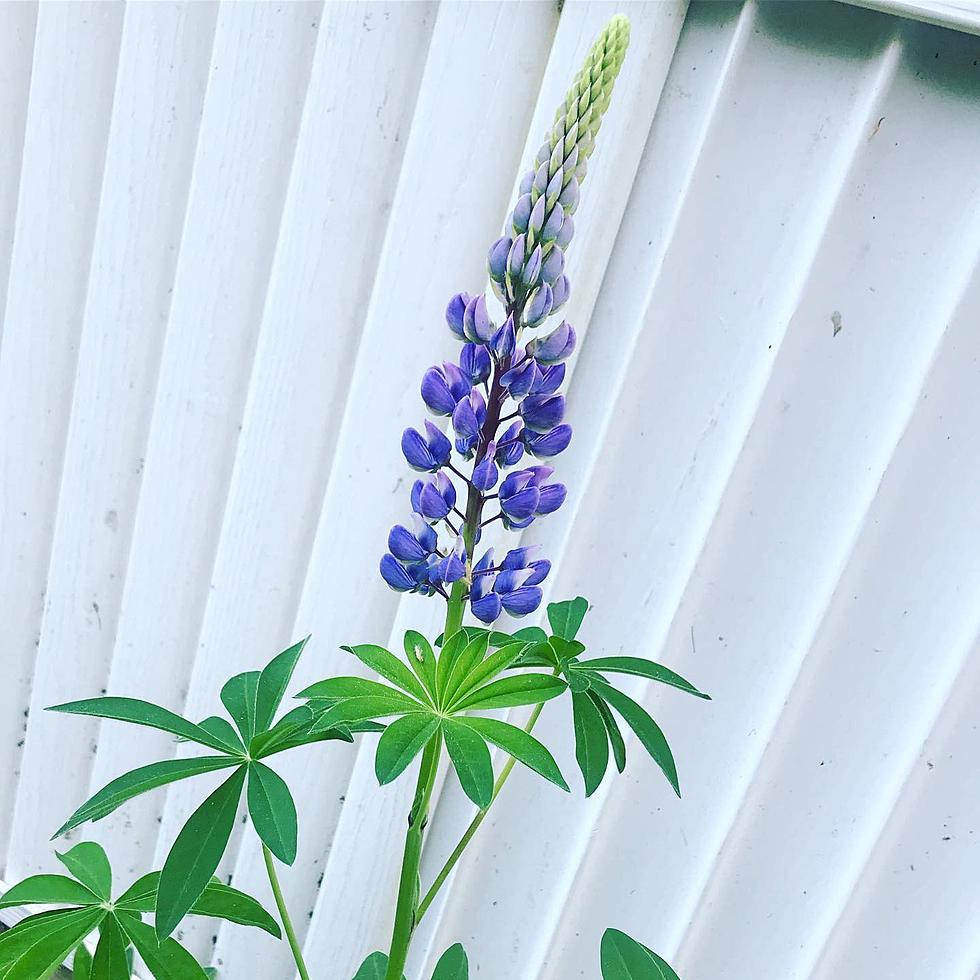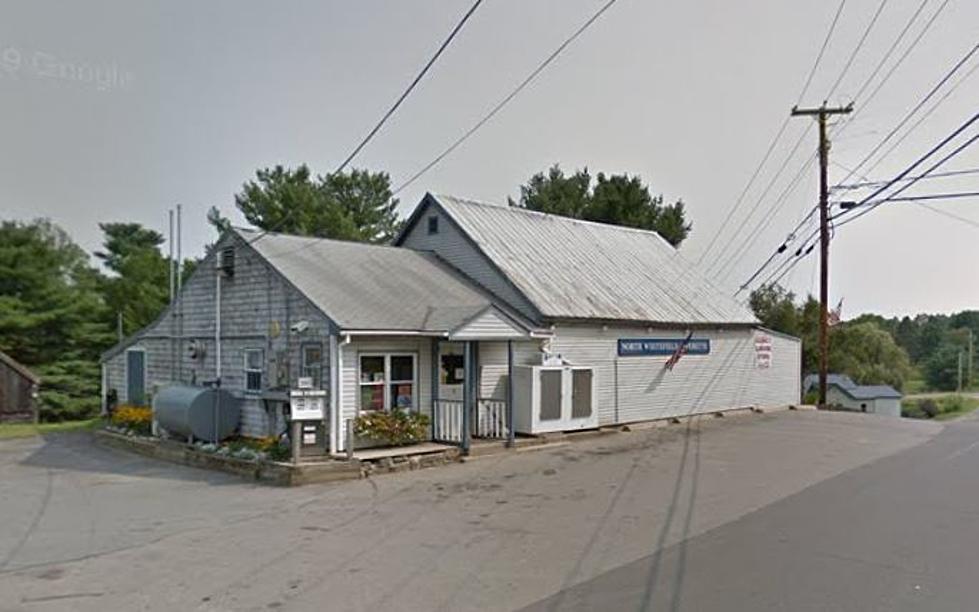
The Story Of Maine’s : Lupine Lady
If you're local to the beautiful state of Maine, you may already be familiar with this story. But, there is a good chance there are a lot of Mainers that still don't know the story of how Maine got so many beautiful Lupines.
It's all because of the "Lupine Lady".
As a little girl, I always loved staring out the window of the car on long drives just overly excited to see the next batch of Lupines.
If you're unfamiliar with Lupines, they are as, far as I'm concerned, the absolute most gorgeous flower you will ever see. But if you're looking for the scientific term a Lupine is a plant from the pea family, its has a tall stalk with tons of single pods and can be found in many different colors and range in height from 3 to 6 feet tall.
Many people don't know that Lupines aren't actually native to New England and that's where the "Lupine Lady" comes into play.
World traveler Hilda Edwards also known as the "Lupine Lady", would gather lupine seeds during her summer European travels over the years. Hilda would then spread the seeds along the road sides of Maine's Coastal region eventually spreading them through out New England.
The "Lupine Lady" imported seeds every summer until there were enough plants that she could use the already established seeds eventually settling in Christmas Cove, South Bristol, Maine.
Hilda Edwards made such an impact on New England by being the "Lupine Lady" that author Barbara Cooney's 1982 book titled "Miss Rumphius" is based on Hilda's real life events.
Fun Fact: I was born and raised right here in Maine and until a few short years ago I had always assumed Lupines were native to our gorgeous state.
Did you know the story of the "Lupine Lady"?

See the Must-Drive Roads in Every State
More From B98.5









